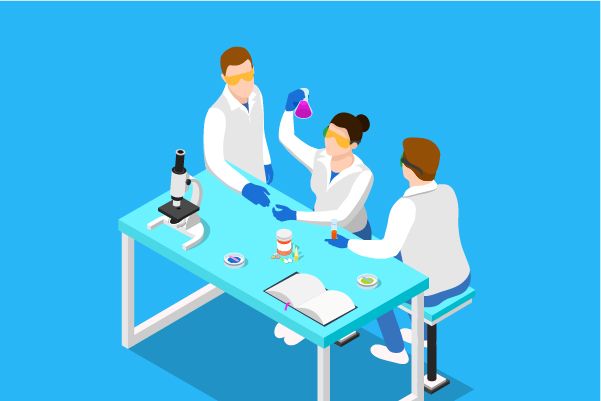What is Pharmacodynamics?
Pharmacodynamics is the study of the biochemical and physiological effects of drugs on the body, including the mechanisms of action and the relationship between drug concentration and effect. It complements pharmacokinetics, which focuses on how the body affects the drug. Together, these two branches of pharmacology provide a comprehensive understanding of drug action.
Key aspects of pharmacodynamics include:
·Mechanism of Action: The specific biochemical interaction through which a drug substance produces its therapeutic effect.
·Dose-Response Relationship: The study of how changes in drug dosage result in changes in the effect of the drug, leading to the determination of effective dose, maximum tolerated dose, and toxic doses.
·Receptor Binding: The interaction of drugs with specific receptors or target sites in the body, which can activate or inhibit cellular responses.
·Pharmacological Effects: The observed therapeutic or adverse effects of a drug, which can be acute or chronic, and can vary depending on the drug and the individual patient.
·Drug Selectivity: The ability of a drug to affect particular tissues or organ systems while minimizing effects on others.
·Drug Potency: A measure of the effectiveness of a drug, typically described by the dose required to produce a specific effect.
·Drug Efficacy: The maximum effect that a drug can achieve, which may not be the same as potency.
·Agonists and Antagonists: In the context of receptor binding, agonists are drugs that activate receptors, while antagonists are drugs that block receptor activation.
Pharmacodynamics is crucial for the development of new drugs, as it helps researchers understand how a drug will interact with the body's biological systems and what effects it will have. This knowledge is essential for predicting the clinical efficacy and safety of a drug, as well as for guiding the design of more effective and safer therapeutic agents.




